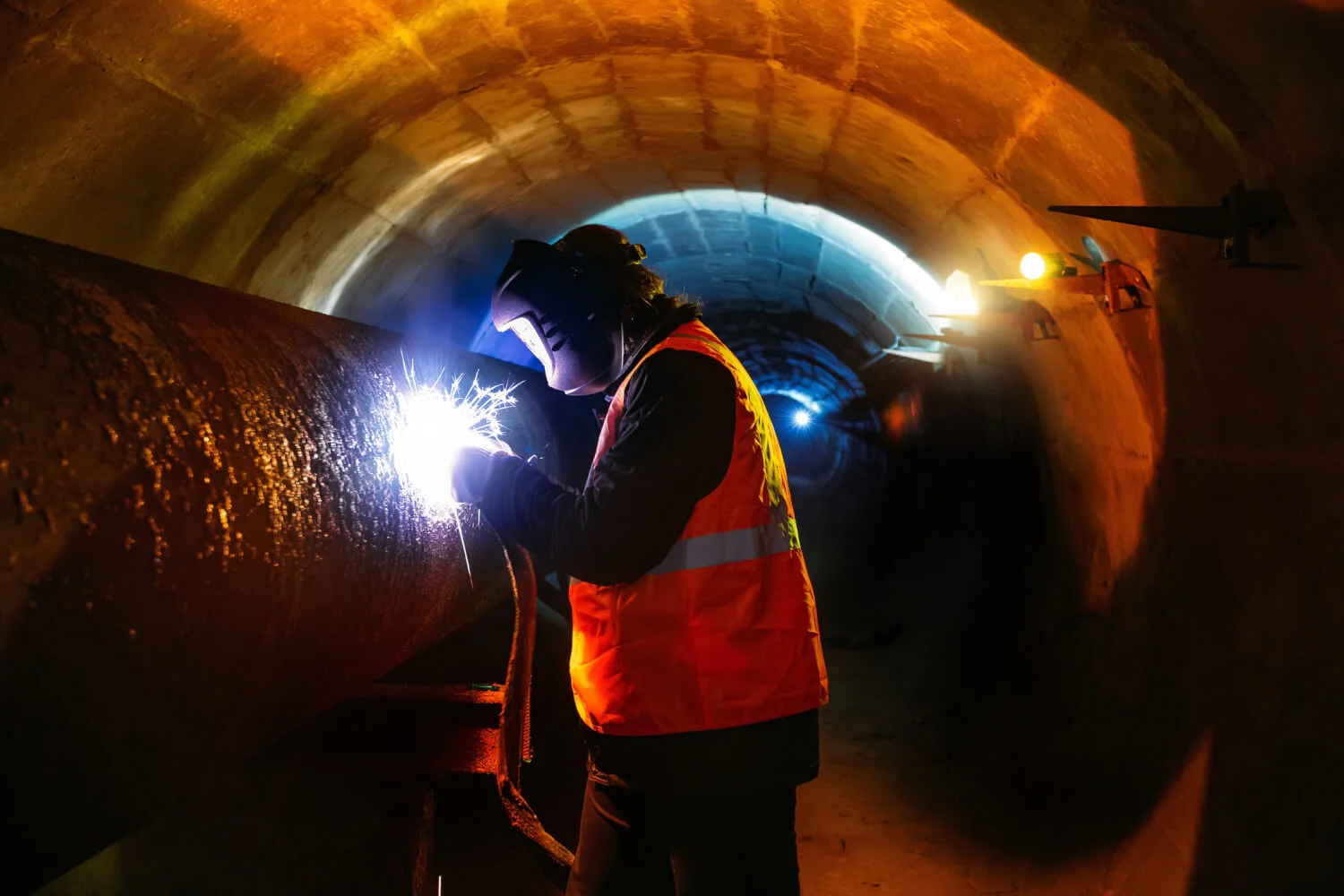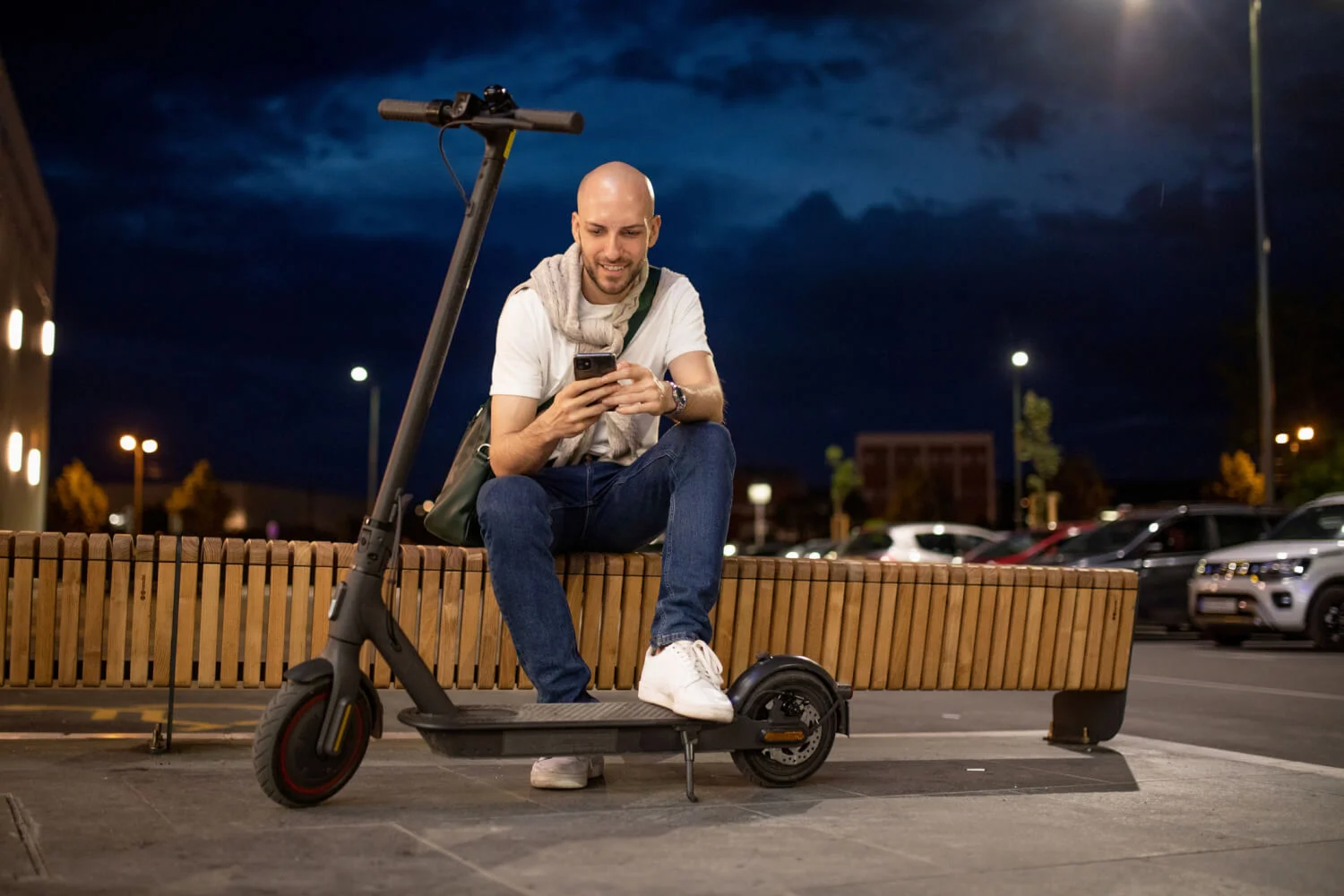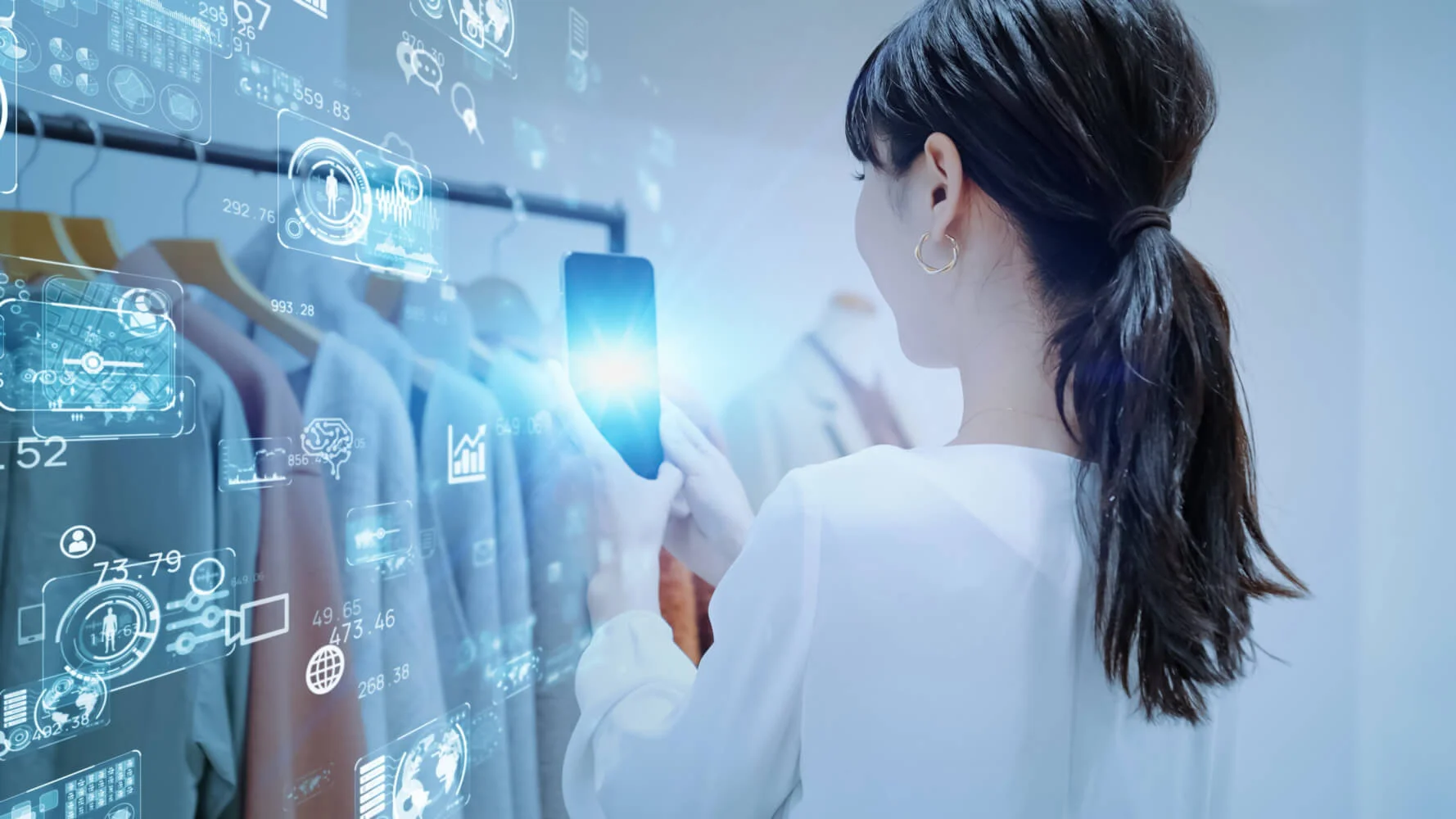IoT is one of the driving technologies behind the smart city concept and is poised to be a key component in facilitating sustainable urban development. More than half of the world population lives in urban areas today and cities account for more than 70 percent of global carbon emissions and 60-80% of energy consumption. As urban populations have increased, services have overall deteriorated in terms of both quantity and quality, with rapid urbanization giving rise to increased challenges around things like traffic congestion, water contamination, and most importantly, social inequality.
Municipalities are leveraging IoT technology to connect devices, infrastructure, and people. It is being used to address challenges that range from waste management and water conservation to traffic, air pollution, and power grids. By leveraging IoT technologies, cities are able to successfully manage their growing populations by improving quality of life and the efficiency of urban operations and services, while also increasing competitiveness and addressing economic, social, environmental, and cultural needs.
Let’s take a closer look at a few areas where cities are leveraging IoT technology to address challenges, and how things could play out as solutions evolve:
Transportation & traffic
Among the key goals of any public transport system are greater efficiency and reliability – and smart technology is the key to enablement. There are a number of areas where IoT is particularly helpful:
• Toll & ticketing
More people in our cities means more vehicles on our roads – and an increase of vehicles means queues at toll booths. While automated tolls, using an RFID (Radio Frequency Identification) tag, have already improved the flow of traffic, further improvements are possible through the use of IoT technology. Many of today’s vehicles come equipped with IoT connectivity, which allows a car or truck to be detected up to a kilometer away from a tolling station. What this means in practice is that the car or truck can be identified long before it approaches a toll booth – so when the vehicle finally gets there the barrier automatically raised for the vehicle to pass through. For older vehicles, a registered smart phone could serve the same purpose, taking automatic payment from the phone’s digital wallet.
• Connected vehicles
As mentioned, many vehicles today are already connected and are equipped with sensors and devices that monitor everything from brakes and the engine to tire pressure and exhaust. Going forward, connected vehicles will use in-vehicle networks, radar, and cameras to help detect and communicate with one another, prevent collisions, and promote smooth traffic flow. Vehicle tracking systems are already being used within the freight and rental segments, monitoring driver behavior and collecting data on things like idling time and fuel consumption.
• Public transport management
IoT technologies are already widely used in public transport, including for integrated ticketing and automated fare collection, passenger information, and display systems. IoT can also be used for real-time vehicle tracking, which allows public transport agencies to communicate better with customers about things like arrival and departure times. Datal analysis and real-time management allows transit agencies to monitor progress in real-time and make adjustments for unpredicted incidents, such as accidents, roadworks, station closures, etc.
Smart lighting
The majority of city dwellers spend more time indoors than outdoors, which can have a significant impact on energy consumption. The use of electricity for lighting can be significantly optimized with the use of intelligent systems. Natural light cycles can be mimicked by incorporating light and temperature sensors, while light sensor-based applications can be used to manage the orientation of solar panels for optimal usage of natural resources.
If we look at street lighting, the savings and benefits are clear:
• Dynamic dimming
Intelligent streetlights adjust light levels based on specific times and events. When paired with motion sensors, light levels can be further refined. Dynamic dimming based on time, event, or human presence can result in a more than 60% reduction in energy consumption, while the use of motion sensors means when no human presence is detected, streetlights illuminate at a low, predefined level, reducing energy usage, CO2 emissions, and light pollution.
• Maintenance optimization
Intelligent streetlights mean near real-time information on each light, allowing almost instant notification of faults or errors, which allows city managers to take informed actions, while at the same time reducing the need for manual checks. This can reduce maintenance costs significantly.
• Increased public safety
Smart motion sensors trigger streetlights only when humans are detected, for example when a pedestrian or cyclist passes by, encircling them in a ‘circle of light’. This increases overall public safety, as statistically speaking criminals avoid committing crimes in well-lit areas.
Additionally, smart streetlights offer an ideal point from which a diverse range of smart city applications can be launched, collecting a wide array of data on everything from air quality to street security to traffic patterns. Streetlight poles have an uninterrupted power supply, making it easy to power IoT devices and sensors. They are also generally spread uniformly across cities and are consistent in height, making them idea for hosting all kinds of IoT sensors and systems, removing the need to set up ad hoc infrastructures.
Healthcare
Combine a global pandemic with ongoing populations growth, inefficient patient flow, swindling staff, and a host of other challenges in healthcare and it’s clear that healthcare can use all the help it can get. Through the use of IoT, authorities can collect data to gain valuable insights, which in turn can be used for better public healthcare planning.
For patients, devices such as smart insulin pens, connected inhalers, asthma monitors, blood pressure monitors, etc. allow them to better manage and address their own health needs, as well as provide more accurate data to their healthcare providers – and also quickly access help if there is trouble. Additionally, data collection allows observation and treatment to take place, something that was previously only possible in an institutional setting. Smart devices and other connected sensors can also help with early detection.
Here are several of the ways IoT can enable better healthcare:
• Remote monitoring
Customized software and devices gathers data from remote devices in real time, allowing for a better analysis of patient’s health – and thus improved outcomes.
• Enhanced supervision & reporting
Remote supervision through connected devices can collect essential health data and transfer it to a health professionals in real time, allowing a quick response to medical emergencies such as heart failure or asthma attacks.
• Reduced costs
Connected devices and other IoT devices such as tele care allow patients to connect with their health professionals from how, reducing the need for visits to the doctor’s office for tests and checkups.
• Medication Management
There are a number of IoT solutions already helping patients better track their medication schedule, including smart pill bottles and in-home medication dispensers that also alert both healthcare professionals and concerned friends and family if there is a problem.
• Data Analysis
Data-driven insights not only speed up the decision-making process of healthcare professionals, they also allow for better public health decisions overall, whether that is where to allocate money or where to build a new hospital.
Essentially, IoT can play a pivotal role in the future of healthcare, with many solutions already available today. It is a vast area, though, so please download our IoT & Healthcare White Paper to learn more.
Retrofitting existing building stock
Every year, nearly 5 billion square meters of buildings are retrofitted. Retrofitting existing building stock is an effective approach when dealing with limited budgets, aging structures, and energy accountability, as it helps reduce energy costs, improves equipment performance, and extends the lifetime of the building.
If we look closer at energy, in the EU, buildings are responsible for 40% of total energy consumption and 36% of greenhouse gas emissions. Retrofitting ageing building stock presents a major opportunity to not just reduce carbon emissions, but to also reduce operating costs and provide more comfortable and healthier buildings for citizens. Retrofitting also has significant job generation potential.
Before IoT, tracking and collecting building performance data was a manual job – and it was tedious, inaccurate, and a slow process. Now, with IoT sensors and the data generated, it is possible to monitor and track a building’s performance in near real-time, giving crucial insights on the go, which leads to better outcomes.
When IoT sensors and smart technology are introduced into the picture, you can monitor and control the use and operation of building equipment, such as HVAC systems, lighting, and plug loads, you also get real-time data, all of which leads to detection and diagnoses of faulty equipment, energy efficiency, and even enhanced profitability.
These are just a few of the ways IoT is enabling smart, sustainable urban development. To learn more, download the Tele2 IoT Smart City White Paper, which covers this topic in depth. You are also welcome to contact us to learn more about how IoT can help your community address your challenges.










